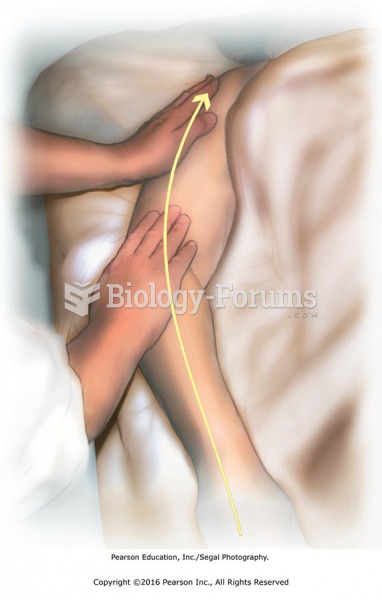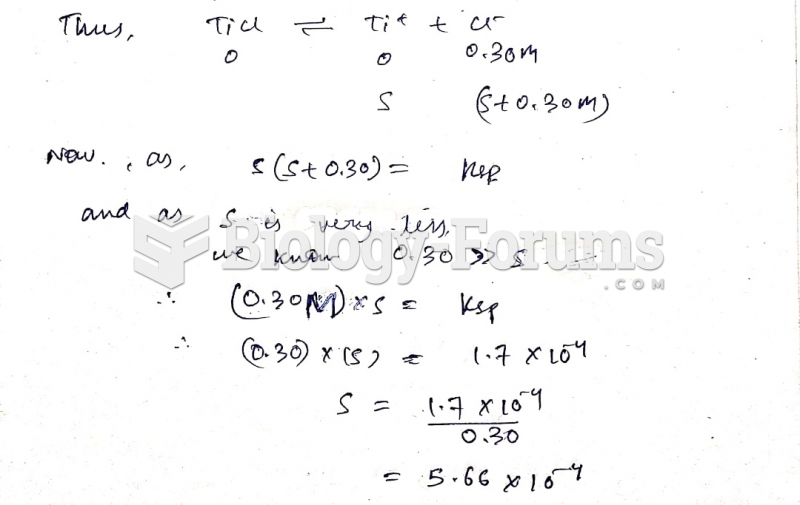|
|
|
The human body's pharmacokinetics are quite varied. Our hair holds onto drugs longer than our urine, blood, or saliva. For example, alcohol can be detected in the hair for up to 90 days after it was consumed. The same is true for marijuana, cocaine, ecstasy, heroin, methamphetamine, and nicotine.
According to the Migraine Research Foundation, migraines are the third most prevalent illness in the world. Women are most affected (18%), followed by children of both sexes (10%), and men (6%).
The average office desk has 400 times more bacteria on it than a toilet.
A good example of polar molecules can be understood when trying to make a cake. If water and oil are required, they will not mix together. If you put them into a measuring cup, the oil will rise to the top while the water remains on the bottom.
The first oncogene was discovered in 1970 and was termed SRC (pronounced "SARK").
 Drug tolerance: A shift in the dose-response curve to the right as a result of exposure to the drug.
Drug tolerance: A shift in the dose-response curve to the right as a result of exposure to the drug.
 Apply long effleurage stroke to entire arm, from hand to shoulder. Brush off from shoulder to hand. ...
Apply long effleurage stroke to entire arm, from hand to shoulder. Brush off from shoulder to hand. ...





